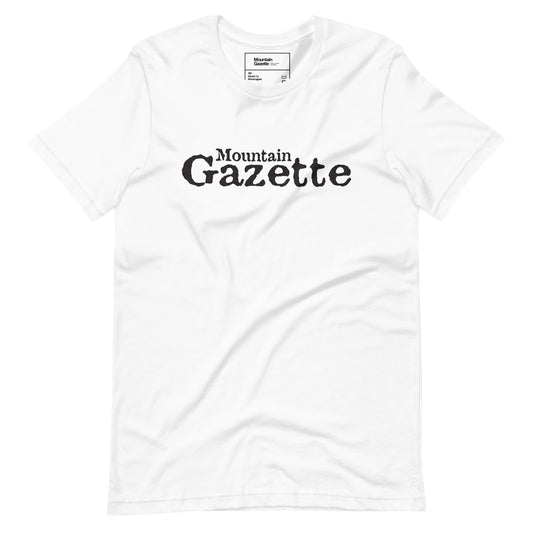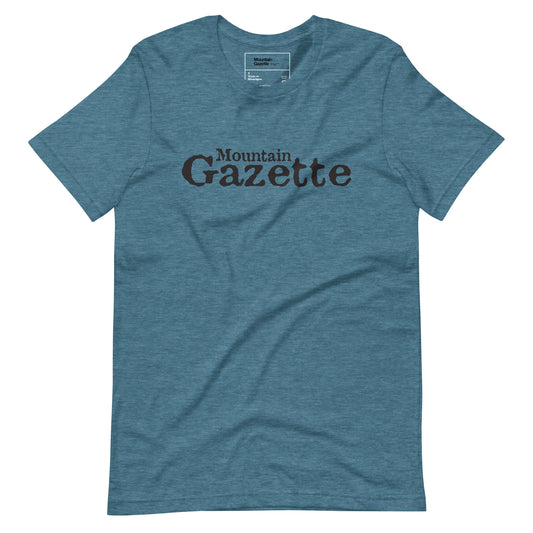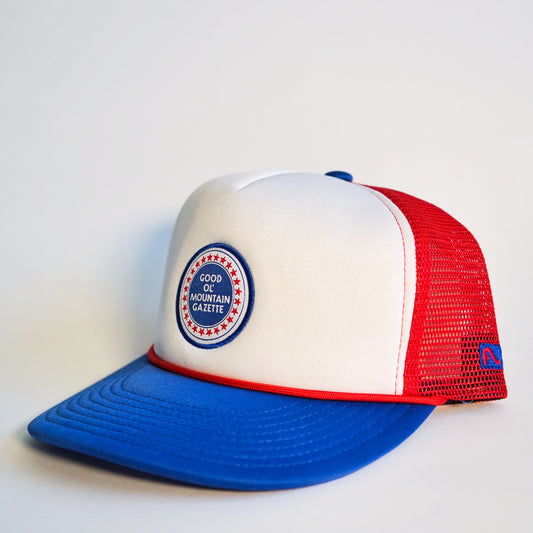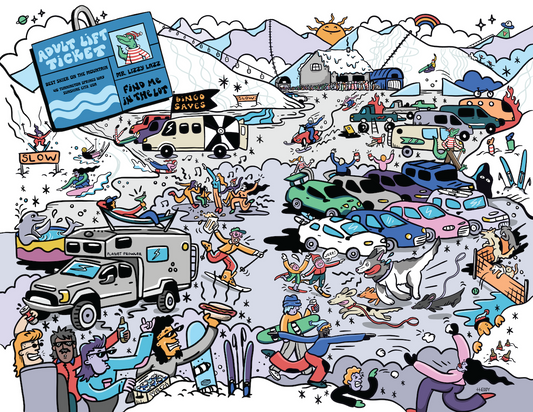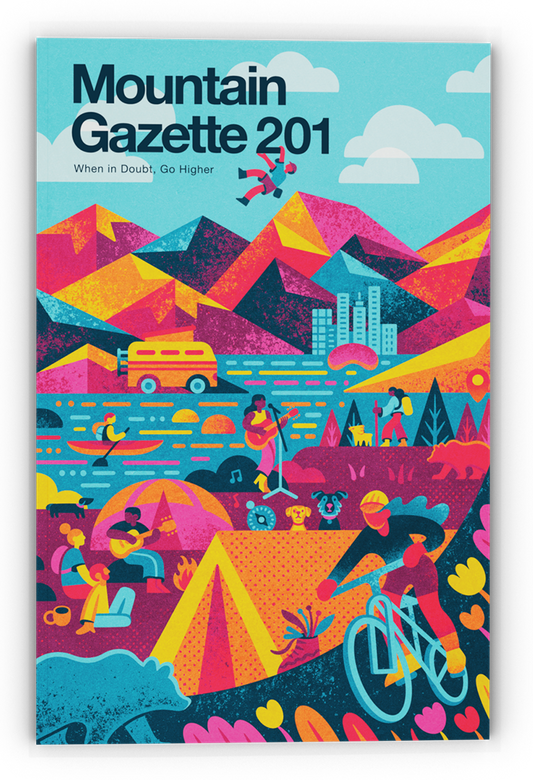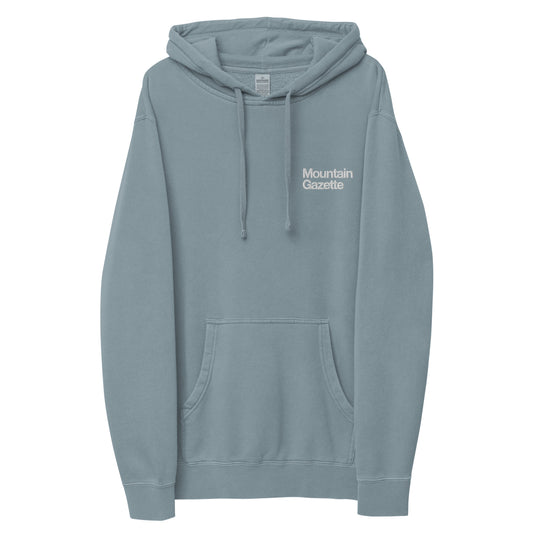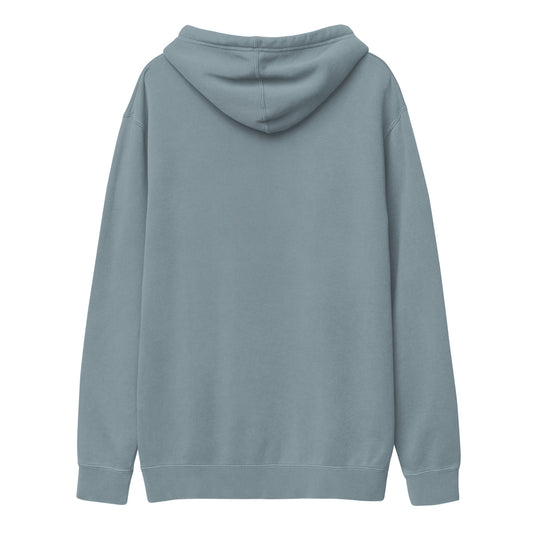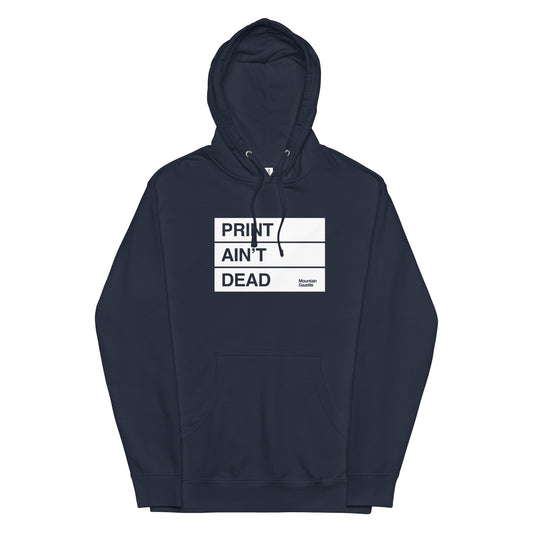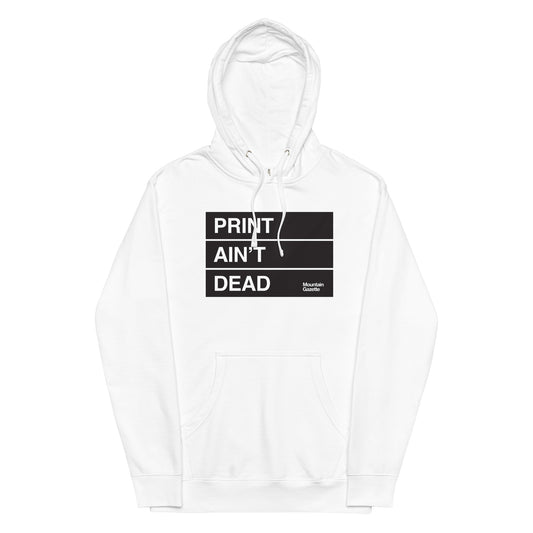By Hannah Truby
Sienna Martz talks about the river as if it were an old friend.
Situated just across from her home in the Green Mountains, she visits it often. She strips down, eases into the water, and lets it carry her back to something simple, something childlike.
“I’ve found that the safety of just being surrounded by nature and getting to dive back into my childhood self really regulates my system as an artist,” she tells me. “Connecting with the water and mountains in this way. I can't imagine practicing my artistic passions without it.”
This is where Martz finds balance and connection, allowing her to tap into something beyond the studio. For her, nature isn’t just a backdrop for her work—it’s a collaborator, influencing the way she sees, creates, and lives. Southern Vermont, she tells me, has shaped her as much as any art school ever could. Here her sculptures take form, not from stone or steel, but from textile fiber.
As a fiber artist, Martz creates using materials like yarn, cloth, or other fabric by way of sewing, weaving, and felting. One of humanity’s oldest art forms, fiber art was long seen as functional crafts, confined to domestic spaces, and often categorized as “women’s work” until the late 1960s when artists like Sheila Hicks and Lenore Tawney broadened the idea of what art could be. Today, artists like Sienna Martz continue that legacy.
“I think it's a really forgiving, familiar material,” she says. “There's so much opportunity for play.”


What’s so arresting about Martz’s work isn’t just its scale – though the sheer size of her pieces definitely invite a moment of pause. It’s how they seem to carry the weight of something larger, something beyond texture and color. There’s an activism buried within the fibers, woven so subtly that, if you don’t slow down to look, you might miss it.
"I view my art as gentle activism," she says with modest confidence. "The message is strong, but the impact is gentle. I want my work to invite people in, to make them pause, and in that moment, maybe reimagine the role of art in society.”
Martz is part of what she describes as a movement toward conscious consumption—one that challenges the unsustainable practices of the textile industry. A self-identified “vegan artist,” she uses only plant-based, recycled, and upcycled materials to construct her pieces—often things she finds in thrift stores or through carriers of deadstock fabric. The process is slow, deliberate, and, in many ways, a rejection of the fast-paced, mass-produced art market.
Martz was born to two creatives: her father, a sculptor and painter, and her mother, who worked in the editorial world of fashion magazines. While both “nurtured her desire for art”, the urban sprawl of West Hollywood and later New York City, where she was raised, did not.
“I really craved nature, and I felt like my ability to create, my ability to connect with myself, and to pursue my passion for art, was being hindered by the urban environment,” she says.
After discovering fiber arts during her time at an art school in Philadelphia, Martz and her partner relocated to southern Vermont, where she experienced a “blossoming”—both in her career and within herself.


Today, she creates from her loft, a generously-lit space overlooking nearly 10,000 acres of national forest.
“I think we live in such a disconnected world, where there’s this dissonance between humanity and nature,” she says during our interview. “A lot of my art is addressing the consequences of this.”
Martz is currently working on a series addressing the climate crisis, using pollution, oil spills, and melting ice caps as visual inspiration.
“I like making visually beautiful pieces that invite people in,” she says of the series. “And they may not initially make the connection, but they're making a connection with the natural world, which I think all of my work does in an abstract way.”
Her latest project, “Echoes of the Earth” in Burlington, Vermont, marks her debut solo exhibition. After this, her work will travel to Paris and then to the Royal Botanical Gardens in Canada. Through these exhibitions, Martz aims to inspire visitors, proving there are other ways to create, to live, to think.
“My intention is to position my work not just as an object of beauty, but as a catalyst for cultural transformation and sustainable thinking and for all of us to become more conscious consumers.”
In the quiet of Vermont, among the trees and the rivers, Martz has found her voice. And in the delicate, deliberate stitches of her work, she’s asking us to find ours, too.
 Sienna Martz is an internationally recognized sculptor and fiber artist who constructs her work through alternative material manipulation blended with traditional textile techniques. Using plant-based, recycled, and upcycled materials, her work poses vital questions about consumerism, and ultimately advocates for nature. You can see more of her work at @siennamartz.art
Sienna Martz is an internationally recognized sculptor and fiber artist who constructs her work through alternative material manipulation blended with traditional textile techniques. Using plant-based, recycled, and upcycled materials, her work poses vital questions about consumerism, and ultimately advocates for nature. You can see more of her work at @siennamartz.art


